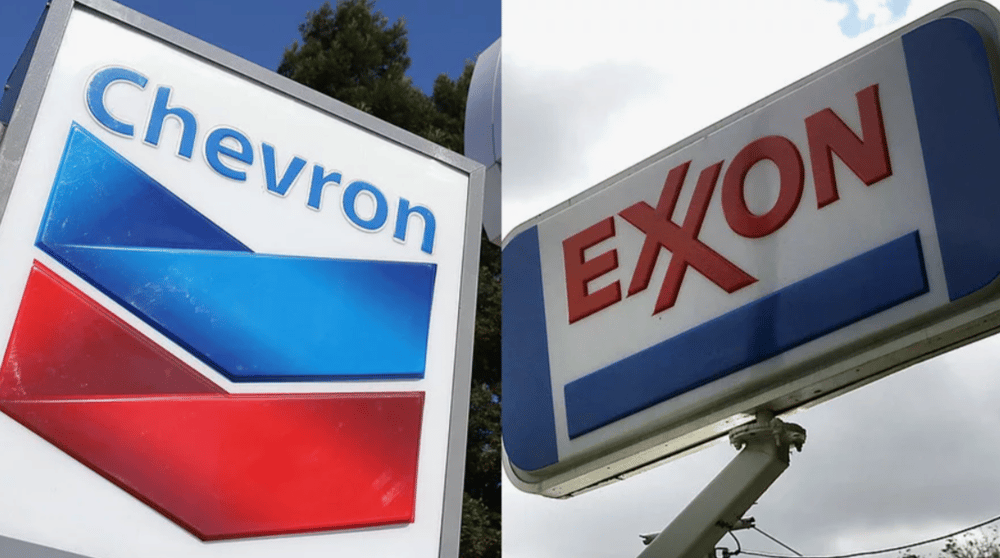
A strategic move like this holds the potential to redefine how automation is integrated within a rapidly transforming tech landscape

As Exxon Mobil Corp. $XOM and Chevron Corp. $CVX prepare to report their first-quarter earnings this week, market attention is sharply focused on how falling oil prices could challenge their dividend payouts and share repurchase programs through the end of 2025. These shareholder returns have become central to the oil majors' strategies for maintaining favor on Wall Street.
Weighing heavily on the sector are renewed fears of a global economic slowdown, amplified by former President Donald Trump's trade-related pronouncements. These developments have further depressed oil demand forecasts, leading analysts to scale back their price expectations for crude—a headwind that adds pressure to capital allocation decisions at major energy companies.
Several pivotal elements are shaping the cautious outlook for Exxon Mobil and Chevron:
Declining Oil Prices: Softer demand projections are driving down crude benchmarks, eroding revenues and tightening cash flow margins.
Dividend Sustainability: With oil prices under pressure, maintaining generous dividend policies may strain balance sheets.
Buyback Viability: Reduced cash inflows could force a slowdown in share repurchase programs, a key mechanism for boosting shareholder value.
Macroeconomic Risks: Heightened fears of a recession weigh on global energy demand, impacting growth prospects.
Trade Policy Uncertainty: Tariff tensions and global political risks add an additional layer of unpredictability to the energy market.
These dynamics suggest that Exxon Mobil and Chevron face a more complex operating environment compared to the buoyant conditions of recent years.

The evolving landscape reveals broader trends that could shape the future for the world's largest oil producers:
Strategic Capital Discipline: Emphasis is shifting from expansion to sustaining financial resilience through leaner capital expenditure.
Focus on Shareholder Returns: Dividends and buybacks remain priorities but may require recalibration amid changing market realities.
Energy Transition Pressure: Growing calls for investment in low-carbon initiatives could compete for capital traditionally reserved for shareholder payouts.
Increased Market Volatility: Oil price swings are intensifying, driven by geopolitical factors and shifting supply-demand dynamics.
Long-Term Demand Uncertainty: Questions surrounding peak oil demand timelines continue to influence strategic planning.
These forces are converging to reshape how Exxon Mobil, Chevron, and their peers approach financial management and investor relations.
The upcoming earnings reports from Exxon Mobil and Chevron are set to be closely scrutinized not only for financial results but also for clues on how both companies will balance shareholder returns against growing market and economic challenges. As oil prices soften and global demand uncertainty rises, strategic agility in capital deployment will be crucial to sustaining investor confidence through the remainder of the decade.